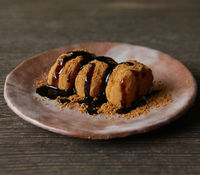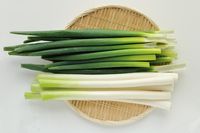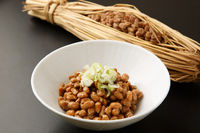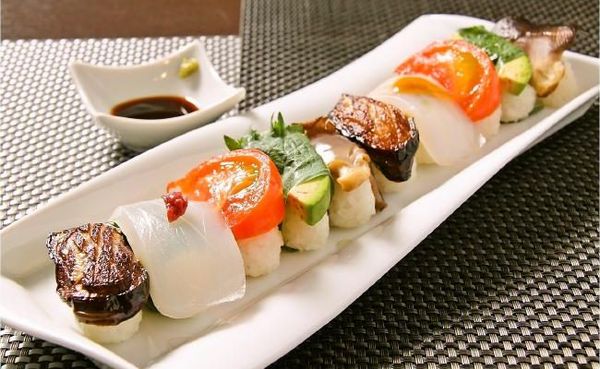Nori: Have your seaweed dried, spiced, then sliced or diced
Updated:2019/02/01 Created:2017/03/06

An ode is in order.
Oh seaweed, my weed of the sea, my bearer of bad rap in some circles, my salient super hero of flavornomics. To dedicate just one post to you would be incorrigible, so for today I shall focus on your beauty in dry form. That is not to say that in wet form, as konbu, you are not equally magical, but there’s a time and a place.
You’ll have to excuse the dramatic entrée into a topic about seaweed, because it is truly amazing how versatile it can be, and what impact it can have on dishes. Dried seaweed, generally salted, sometimes spiced, is known as “nori” in Japanese. It’s paper thin and, when flavored, has a slightly sweet, soy sauce tinge, and sometimes just a bit on spice as well. Its plain, toasted form will be immediately recognizable to even the casual Japanese food foodie due to it being an integral part of sushi making. Shredded into strips, nori make a most tasty topping for chazuke (a rice and soup dish). When flavored, nori makes for straight up good snacking. If you’ve got a bowl of rice at the ready, why not pinch a clutch of rice into a rectangle of nori? Nori also has a non-roasted, seasoned form, which is generally laid on top of hot rice.
Once you get into the groove with nori, there’s no stopping you. It’s great on tofu and on a plate of soba as well, but also as a way to liven up a salad. You may see it snack foods too, such as nori flavored crackers. There’s really nothing this seaweed can’t do! And best of all? It’s cheap as a weed.








